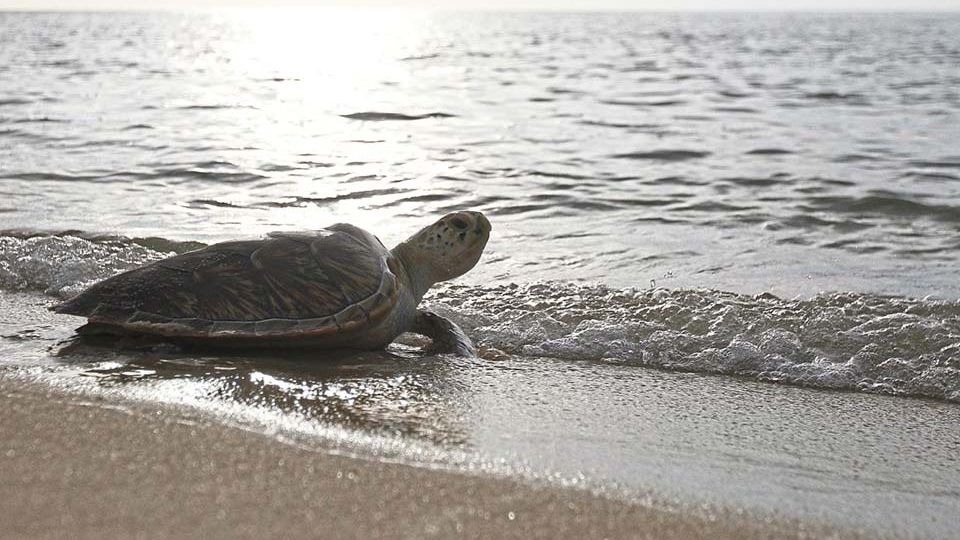PENANG (ANN/THE STAR) – Reptiles play crucial role in safeguarding Penang’s waters against jellyfish threats
In the waters surrounding Penang Island, jellyfish sightings may appear like an enticing feast for the green sea turtle, also known as penyu agar.
Numerous videos depict various sea turtle species consuming jellyfish, highlighting the significance of these reptiles in Penang’s ecosystem. The region’s nutrient-rich waters foster the proliferation of jellyfish populations.
During periods when sea currents favour jellyfish proliferation, Penang witnesses swarms of these creatures, posing risks to beach enthusiasts and marine life alike.
The migratory green sea turtles emerge as pivotal in regulating Penang’s jellyfish population, mitigating potential threats.
Jellyfish stings can inflict excruciating pain, with venom delivered through specialised cells called nematocysts housed within their tentacles. Each tentacle can harbour thousands of nematocysts.
Penang has witnessed numerous incidents of tourists and locals falling victim to jellyfish stings while wading in shallow waters. In a distressing event in March last year at Batu Ferringhi beach, two brothers, aged 13 and 16, suffered jellyfish stings while merely sitting in knee-deep water, leading to hospitalisation due to breathing difficulties and chest pains.
The sea turtle’s armoured shell provides protection against jellyfish stings, safeguarding them from potential harm.

They also have a special, thick layer from throat to stomach called papillae that shields them from venom when eating jellyfish.
The turtle’s only weak spot might be its eyes, but those too are protected by twin eyelids – a tough external one and a transparent inner layer – a trait shared by many other reptiles.
Last year, Penang Fisheries Department recorded 25 female turtle landings.
In 2019, fishermen found a huge female loggerhead turtle weighing 60kg entangled in a ghost net, which is an abandoned fishing net floating around at sea.
It was found near Pulau Kendi, a rocky isle about 4km south of Penang island.
After fishermen cut it free of the ghost net, they saw that it was too weak to swim and simply floated motionless.
So they brought it on board their boat and took it to the Fisheries Department.
What was amazing is that loggerhead turtles have never been recorded landing in Penang.
The species is endangered and usually found in the Atlantic, Pacific and Indian oceans and Mediterranean Sea, but not in Malaysia.
This particular turtle was likely drawn to Pulau Kendi due to the abundance of food there.
Both green and hawkbill turtles land to lay their eggs on Penang beaches.
Simply put, the more turtles we have, the safer Penang seas are from jellyfish.
But there is a problem: a plastic bag floating at sea can really look like a delicious jellyfish to a turtle.
Dead turtles are found around the world with plastic bags jammed inside their bellies. Sometimes, plastic straws too.
The next piece of plastic you throw away might be a turtle’s cause of death.
Most of us already know about the environmental dangers of plastic and the need to cut down on its usage every way we can.
The simple actions we can do include carrying reusable bags when shopping, bringing your own containers when buying food, and cleaning and separating plastic waste from household rubbish and sending it for recycling.
Universiti Sains Malaysia’s Centre for Marine and Coastal Studies director Prof Datuk Dr Aileen Tan confirmed jellyfish infestations control would be better with a healthy population of turtles in our waters.





